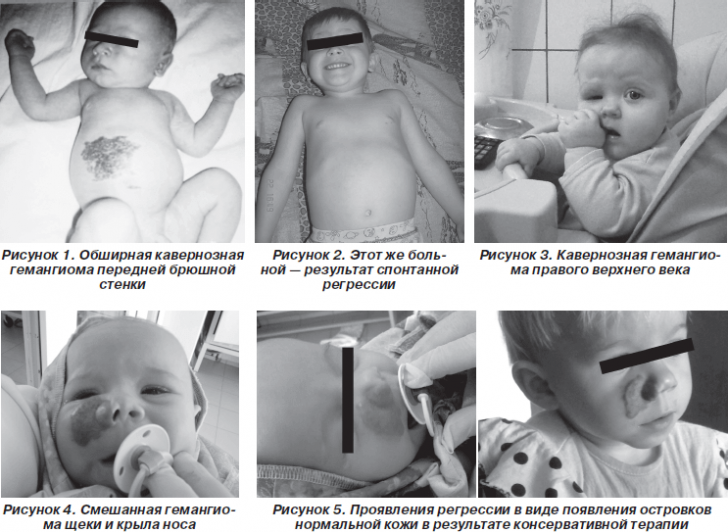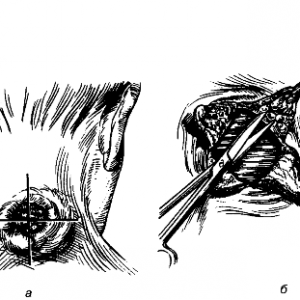Rubrophytia( rubromycosis)
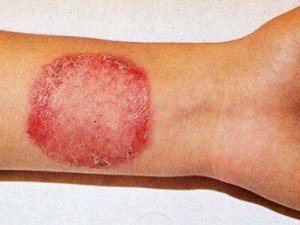
Description
Rubrophytia( rubromycosis) is a common fungal disease that affects the nail plates and skin. Diseases are spread to both children and adults. Infection occurs not only on contact with the carrier of rubromycosis, but also through household objects contaminated with fungal elements. Infection with this kind of fungus occurs usually in swimming pools, baths, through the shoes of a sick person.
The most common lesion is the skin of the soles and palms. Its color becomes reddish-cyanotic, there is peeling. After the transferred disease, the organism does not get immunity to the disease.
A person can be a carrier of a pathogenic fungus for a long period of time. Clinical symptoms of the disease will be hidden. Disputes will spread among healthy people. This is dangerous for their health.
The disease is most often exposed to residents of regions where there is high humidity.
There is the following classification of rubrophytic:
- Rubrophytia stop.
- Rubrophytic brushes.
- Rubrophytia of the nail plates.
- Rubyphytia of large folds.
- Generalized rubromycosis.
Reasons for
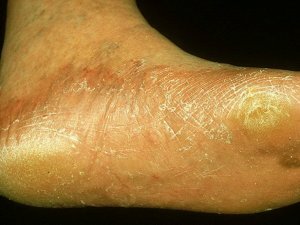 The following factors predispose to the development of the disease:
The following factors predispose to the development of the disease:
- excessive sweating or dry skin;
- weakened immunity;
- endocrine diseases;
- long-term use of hormonal drugs, cytostatics and antibiotics;
- disease of the vessels of the lower limbs;
- poor blood circulation;
- metabolic disorders( metabolism);
- neglect of personal hygiene rules.
Symptoms
To the main manifestations of rubrophyte, the specialists refer to:
- dry skin in the area of hands and feet;
- absence of itching;
- redness of the skin and its peeling;
- vesicles and itchy plaques on the back surface of the feet.
Problem areas can appear in other parts of the body. They always have clear boundaries, a rounded shape and a bluish-pink color. Rarely, severe itching occurs on the skin areas affected by the fungus.
Diagnosis
Sometimes it is enough to visually inspect the patient's skin for the diagnosis of rubrophyte.
To confirm the presence of a fungal infection the following examinations are carried out:
- general urinalysis;
- total blood test;
- determination of blood sugar level;
- biochemical test: total bilirubin, transaminase level of ALT and AST( liver status evaluation), total protein, creatinine, urea, thymol test, alkaline phosphatase.
Specific studies:
- Study of skin flakes and nail plates under a microscope for the detection of mycelial fungus.
- Cultural studies are conducted to determine the type of fungus: a fungus, grown on a nutrient medium, should form a colony and disclose a secret of bright red color.
For microscopic examination, scrapings are taken from deep folds of the skin, marginal ridges, under the nails. It is these areas that contain the largest number of filaments of mycelium.
Treatment
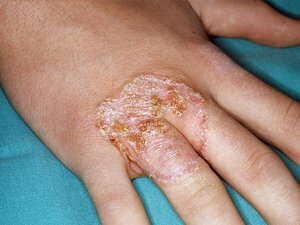 Treatment of rubromycosis is prescribed depending on the symptomatology and consists of 2 stages.
Treatment of rubromycosis is prescribed depending on the symptomatology and consists of 2 stages.
Preparatory stage:
- Removal of horny scales and layering in the area of the source of the disease. To do this, apply ointment on problematic sites for 48 hours. In the composition of which there is salicylic acid, lactic acid and petroleum jelly.
- Application of a milky salicylic colloid. The lesions are smeared during the week 2 times a day.
- Receiving a bath filled with soap and soda solution and removing pumice peeling skin.
Basic treatment of
- In the treatment of brushes, feet, skin, antimycotic( antifungal) preparations of local action are prescribed: nitrofungin, mycosepin, mycopolicide, Castellani liquid.
- Treatment of nail plates requires treatment with medicines. Assigns lamizil, orungal, griseofulvin, nizoral.
In addition, for the treatment of the nail plate the following methods are used:
- Operative removal of the nail.
- Removal of the plate by applying a special plaster that can dissolve the nail plate( ureplast).It is applied for 2 days. The nail dissolves completely, and the naked nail space is treated with antifungal drugs( lamizil, nitrofungin).
Folk remedies
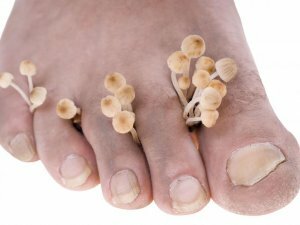 Along with chemotherapeutic agents for rubromycosis, it is recommended to use herbal preparations. In the fight against fungal infection, a good result gives a walnut, juniper, wormwood, sporish, plantain, Japanese sophora. They are used topically in the form of broths or infusions.
Along with chemotherapeutic agents for rubromycosis, it is recommended to use herbal preparations. In the fight against fungal infection, a good result gives a walnut, juniper, wormwood, sporish, plantain, Japanese sophora. They are used topically in the form of broths or infusions.
Traditional healers offer the following recipes:
- Apple vinegar. Lubricate the area affected by the fungus twice a day.
- Calendula tincture( buy in a pharmacy).Affected area in the morning and evening lubricate tincture.
- Euphorbia. This is the most powerful herbal remedy for the treatment of fungal diseases. Milk juice rubs the skin and interdigital spaces.
- Collect wormwood, walnut leaves, eucalyptus, birch, Japanese Sophora fruit, cut the roots of elecampane( 3 tablespoons), pour boiling water over it, insist for an hour. To use for irrigation of problem areas, add to water when taking a bath with superficial cutaneous rubromycosis.
Complications of
The following problems can be attributed to complications of rubromycosis:
- formation of cosmetic defects on the skin;
- a long-lasting period of damage to the nail plates.
Prevention
To prevent disease, it is necessary:
- to comply with hygiene regulations;
- in a timely manner to handle scratches and injuries on the skin of the palms and feet;
- not to allow increased sweating and diaper rash;
- after visiting the pool, baths thoroughly wash the body.
At the first signs of fibrofit it is necessary to consult a doctor. Dermatologists and infectious disease specialists treat dermatology.
The prognosis for correct treatment and absence of aggravating diseases is good.
Self-administered rubromycosis can not be cured. You need to know what kind of fungus it caused to correctly choose a remedy. Only a doctor can do this!


